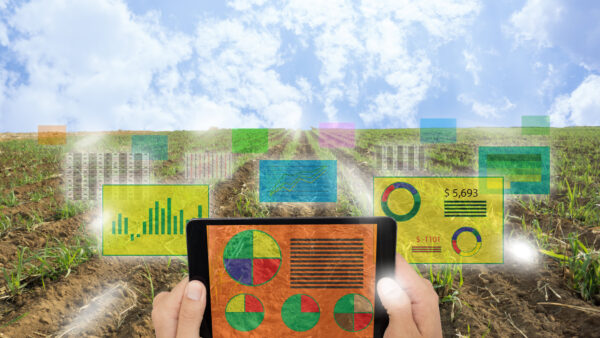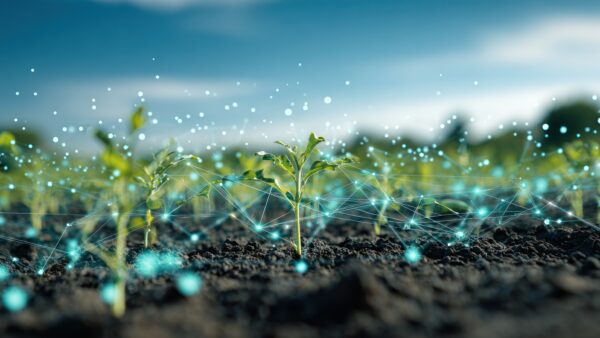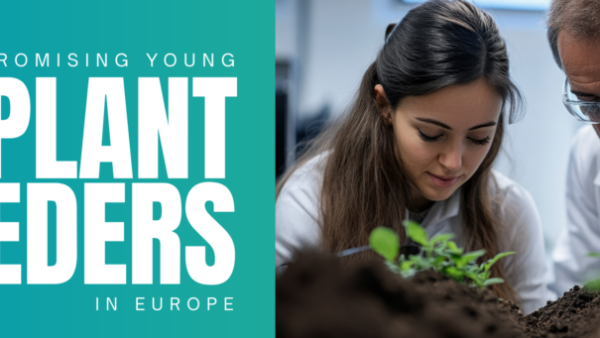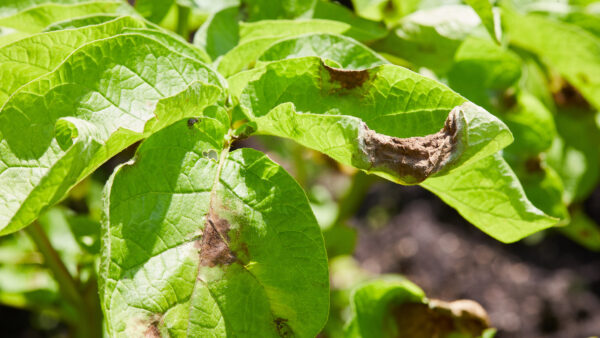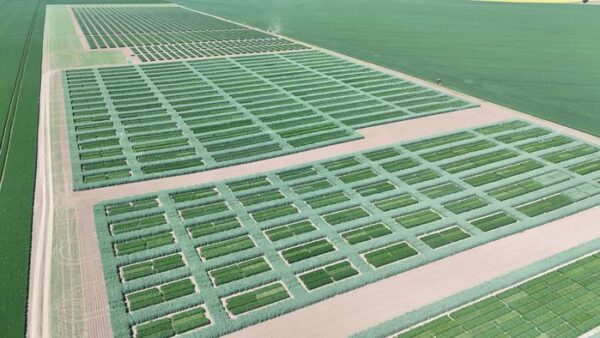It’s possible, but stakeholders say doing so will require placing the common good above individual interests.
The world faces an unprecedented challenge, which is to make available 60% more food in the coming years to feed almost 10 billion people. South America stands poised to help do that but doing so will require a lot more than simply boosting production. That was the message during the opening sessions at this year’s World Agri-Tech 2022 South America Summit, which takes place June 28 and 29 in Sao Paulo, Brazil.
“The approximately 20 million farmers of Latin America and the Caribbean already produce enough food to double the population of Latin America measured in calories. This region today is responsible for 23% of global food exports. We can proudly say that we’re ahead of every other region in the world in terms of net agri-food exports,” said Julio Berdegué, United Nations Food and Agriculture Organization (FAO) assistant director-general and regional representative for Latin America and the Caribbean.
“Those are not small achievements. We could feel comfortable in saying that we are doing OK, but we’re not doing OK. There are challenges. It’s important to realize that.”
For Berdegué, the glass is half full, but also half empty. To begin with, agricultural productivity growth in the region has recently slowed down sharply after a period of strong growth in the first decade of the century, he said. And while Latin America produces a lot of food, the opportunities and benefits derived from that production are not broadly shared in Latin America and the Caribbean, he said.
“Almost 60 million people in this region go to bed chronically hungry, and that number is growing. It has been growing for the past six or seven years. Four in 10 of our fellow citizens are food insecure, and this number is also growing. Almost one in four adults in this part of the world are obese. The age-old equation between food and health has broken down in Latin America and the Caribbean.”
Almost half of all the rural people in Latin America in the Caribbean live in poverty, he added, which makes it harder to move ahead to make South America a powerhouse of agricultural production.
“Why are we surprised to see that young people do not want to live in rural Latin America? We are creating the conditions that are saying to these young rural women and men, ‘Get out as fast as you can.'”
Adding insult to injury is the fact that the environment is also suffering. More than two thirds of the most precious resource of South American farmers — their soils — is eroded to some degree, he added.
And then there’s climate change. While the contribution of Latin America and the Caribbean to causing climate change has been very small, today, Latin America and the Caribbean emits about 10% of global greenhouse gases.
“Many parts of this region are very vulnerable to climate changes. If the current trends are not brought under control, by 2070, all of the continental mass of Latin America and the Caribbean will be under a temperature regime that is two degrees higher than today. That is a horror story for agriculture and for people living in rural areas,” Berdegué said.
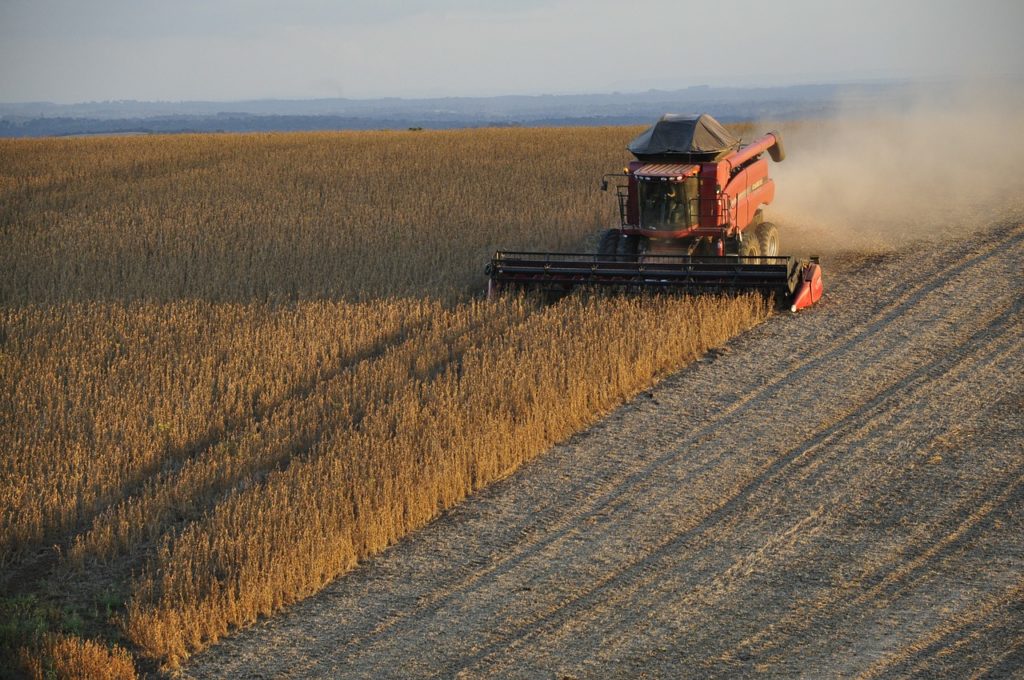
Working for the Common Good
For a region that is very important for contra-season seed production for countries like Canada and the United States, Berdegué’s warning was a stark one. Because the transformation to more efficient, inclusive, resilient and sustainable agri-food systems will require an immense effort of innovation unlike anything farmers have seen in the 10,000 years since crops and animals were domesticated, a concerted effort is needed to reverse current trends.
This transformation will not be a big bang happening overnight, Berdegué said. Nor will it be a single, unified or centrally planned process. It will require everyone working in sync to create systems that work together to mutually benefit one another.
“It will be the sum of many actions and decisions by people like you and me, with many local and national routes and different trajectories linked in all types of interactions.”
Fortunately, innovators like Celso Luiz Moretti, president of Embrapa (the state-owned Brazilian Agricultural Research Corporation) are helping move the region into the future. Brazil is moving from being a food insecure country to a net importer of food, fiber, and bio energy, he noted.
“If you can imagine back to the 1970s, we imported beef from Europe, we imported milk from the U.S., we imported beans from Mexico. We do so much more right here at home now. The importance of investments in science, technology and innovation through public universities and the private sector are transforming Brazil to become one of the agricultural powerhouses in the world,” he said.
Three pillars are responsible for this transformation, he said. The first pillar was the transformation of poor acidic soils into fertile land. The second pillar was adapting plants and animals to tropical conditions.
“We brought soybean from China, we introduced soybean in southeastern Brazil, and then through breeding, genetic improvement and adaptation now we are growing soybean above the equator,” he said. He noted wheat production in Brazil is on the rise.
The third pillar was the development of a sustainable platform of agricultural practices in Brazil like no-till.
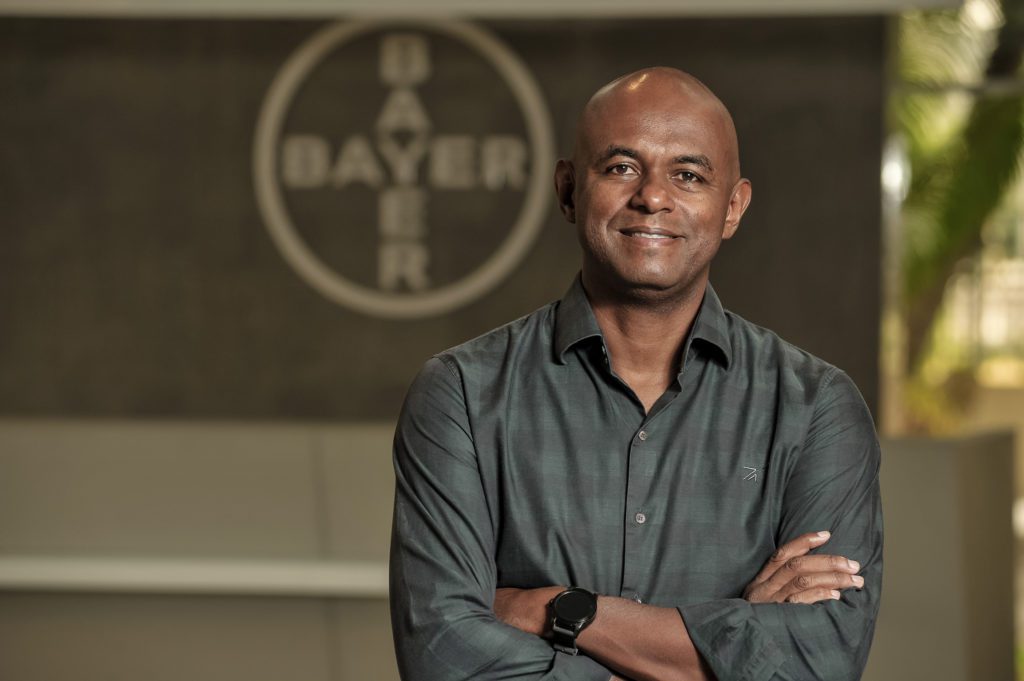
Bayer Crop Science’s Latin America president Mauricio Rodrigues offered three pillars of his own that will be needed to continue the region’s agricultural revolution — innovation, sustainability and digital transformation.
“We invest a lot of money globally — roughly around couple billion euros on an annual basis — in trying to offer products both in terms of seeds and traits and crop protection. We have a lot of investments coming to the region,” he said.
Those investments include digital ag platforms and a new partnership with Embrapa focused on fixing carbon in the soil, which has been launched as a pilot project with a couple of thousand growers.
Such investments are making Latin America a key player in the production of food for the world.
“The conditions in our region allow for more than one production cycle. At the same time, every single year we lose 30% of the product we produce mainly because of poor infrastructure or suboptimal value chains. We have to produce more, while preserving the means for doing it. To get that better yield we need an agricultural system production system that balances three requirements,” Rodrigues went on to say.
“The first is improved food security and food safety. The second is ensuring minimal impact on the environment and the climate in what we do. The third is providing the basic conditions for proper livelihood and health for all the actors in the value chain. These are the three well known elements of sustainable agriculture.”
A good social safety net is vital for the future of agriculture, he emphasized.
“It’s a global challenge that nobody can address alone. We have to tackle it together. Cooperation is key, but it’s not always easy. It requires a large portion of commitment and also a large portion of compromise. It requires an understanding that the common good most of the time takes precedence over individual interest, no matter how difficult it is. I do not see any other alternative.”
Read More About Food Security:
Global Food Security is in the Hands of the Next Generation
Seed Banks Could Hold the Key to Food Security, Climate Change Mitigation





